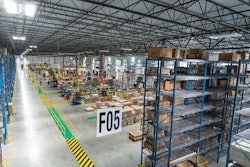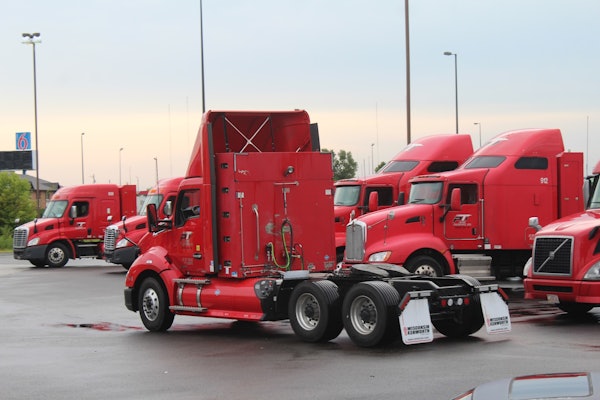The time it takes for new technologies to go from concept introduction to market-ready product continues to accelerate. Highly publicized technologies that promise to change the way we live and work can turn out to be colossal flops (remember Google Glass and the Segway scooter?). And often it’s the technologies not part of everyday water-cooler discussion that turn out to have tremendous impacts for business and society.
In trucking, hot-button topics like omni-channel distribution, e-commerce, electric vehicles and blockchain often blot the agendas of industry events and association meetings. Yet one topic that remains on the periphery unless we are talking about parts availability could wind up having a profound change to the industry – additive manufacturing.
Commonly referred to as 3D printing, additive manufacturing now is more than just machines that spit out plastic resin prototypes. Today’s additive manufacturing industry prints parts on-demand using a wide variety of materials including metals, concrete and biomaterials.
“We are seeing a significant change within the additive manufacturing environment,” said Eric Starks, chairman and CEO of FTR, a leading industry transportation research and analysis firm. “The amount of different materials that are available to this market is huge. This is not hypothetical. I think additive manufacturing is probably going to be the biggest change you will have to go through over the next five years.” Starks’ comments came during an economic outlook presentation to Volvo Trucks North America dealers and fleet customers at a business symposium in Newport, R.I.
While it’s still in the early phases of adoption in manufacturing, Starks points to the medical and dental industries where the Food and Drug Administration already has approved more than 350 3D-printed implant devices for use today. The Federal Aviation Administration is allowing machine-printed parts for planes, including a GE jet engine nozzle and titanium parts for the new Boeing 787 Dreamliner.
“The premise that we cannot additive-manufacture parts to go on trucks because of wear-and-tear is a fallacy,” said Starks.” It is not a possibility, but a reality.”
VTNA already is identifying and certifying 3D-printed parts for new truck manufacturing, and Daimler Trucks North America announced late last year a pilot program to deliver 3D-printed plastic parts to select fleet customers and dealer service locations.
Engineers at Renault Trucks, also part of the Volvo Group, announced this month the completion of a 600-hour bench test of 3D-printed and metal additive manufactured camshaft bearing caps and rocker arms on a prototype DTI 5 four-cylinder Euro 6 engine.
While the initial costs of additive manufacturing parts certainly will be higher than traditional parts, consider that a $500 OEM part that takes one or two days to deliver could cost substantially more than a part printed on-demand when you factor in the associated downtime cost of more than $1,000 per day.
“This will be a big deal for the aftermarket,” said Starks. “I think any aftermarket shop or dealer service location is going to have an additive manufacturing machine accessible to them.”
As exciting as additive manufacturing’s potential is for parts and service providers, consumer thirst for instant gratification could be the real game changer for how products are made and distributed. As online retailers lower purchase-to-delivery times from two days to same day and even two hours, additive manufacturing could become a viable option.
UPS operates more than 50 3D printing locations around the country where customers can print 3D CAD files. Starks said the package giant is getting ready to launch a service where 3D printers mounted in delivery trucks can print a product while en route to the customer.
Starks also referenced a 2014 prediction by Biz Stone when the Twitter co-founder said Nike would be a software company by 2024, allowing consumers to purchase a one-time license to 3D print their favorite sneakers right in their own home.
“If that happens, how does that play into trucking? You’re not going to be shipping shoes, you’ll be shipping polymers, resins and things that are bulk commodity,” Starks told attendees. “You need to keep focus on your core business, yet at the same time you have to be paying attention to when these other things are happening, how do they impact your business?”












